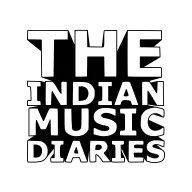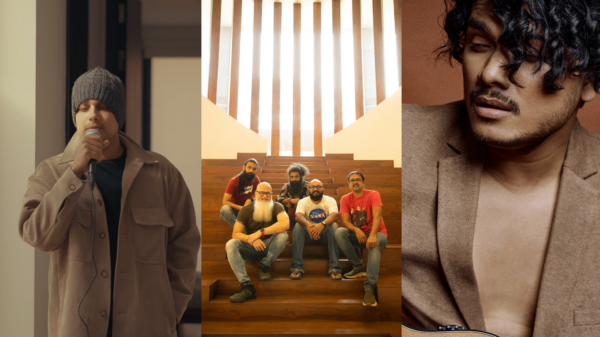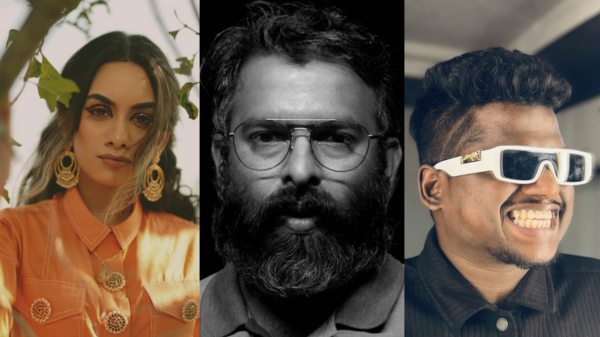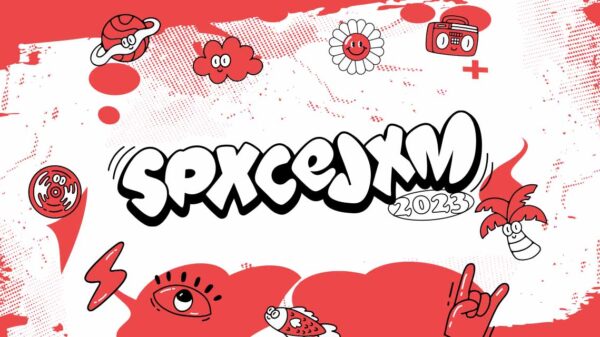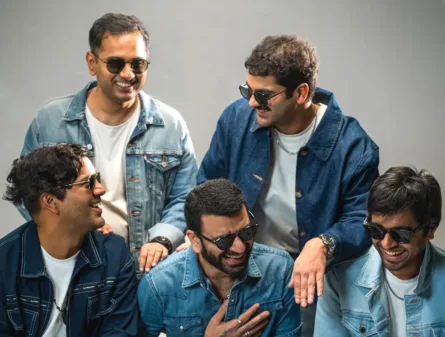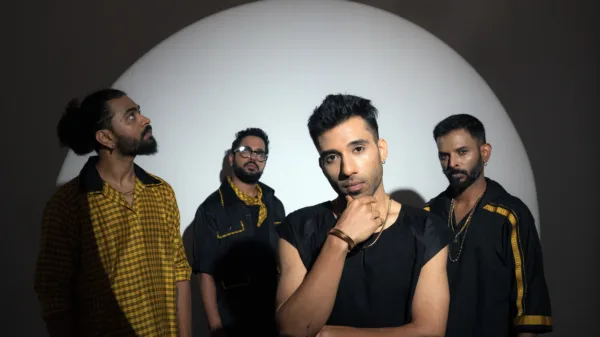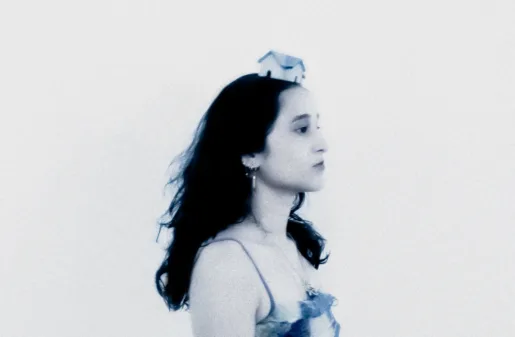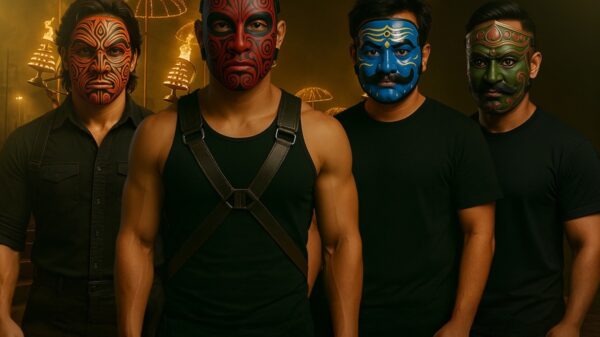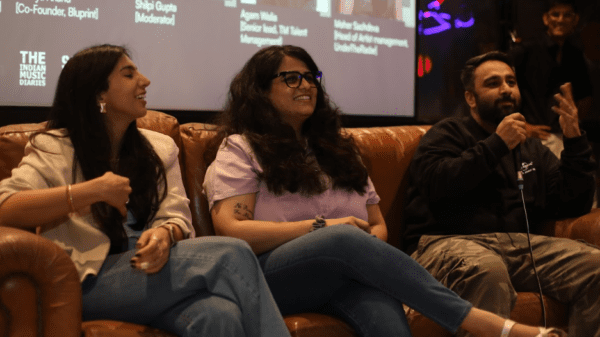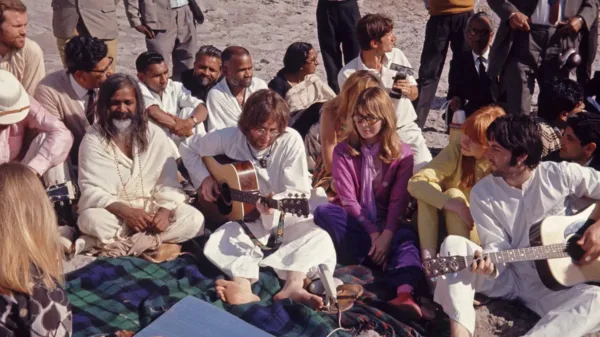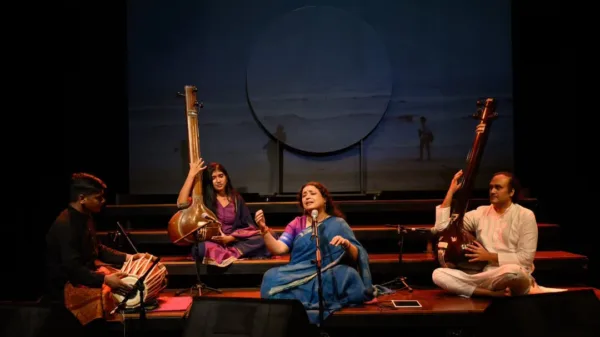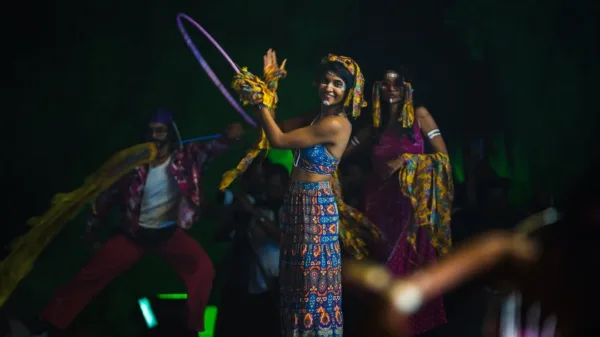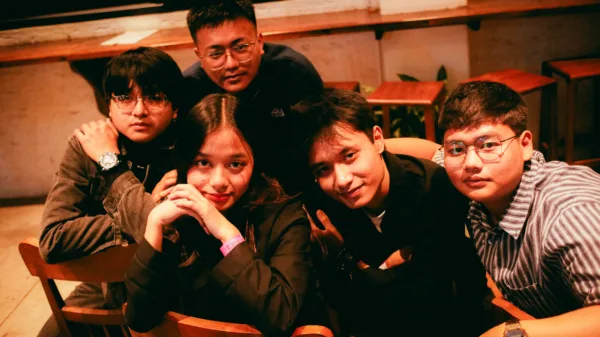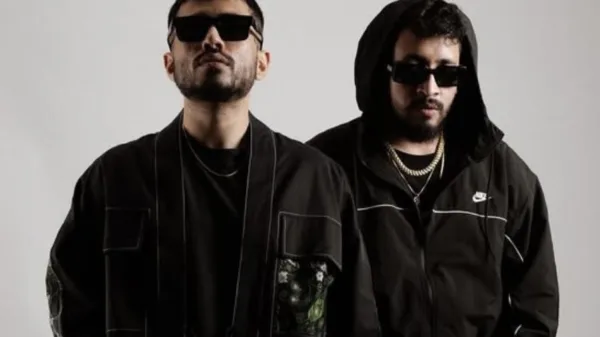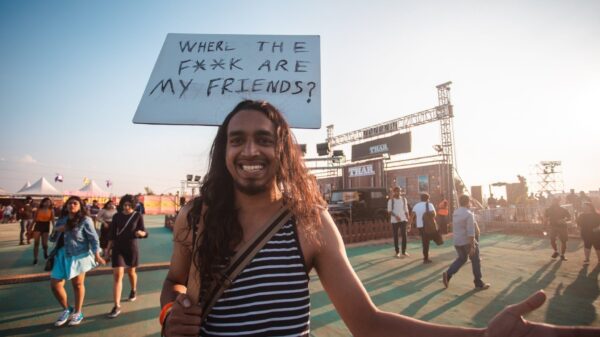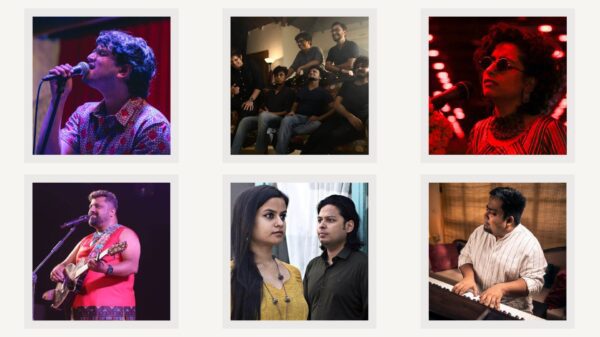New Delhi hip-hop artist D₹V has recently released his second album, “NAKSHATRA” with the aim of taking his listeners to his universe with an eclectic mix of sonics and moods. The album is a rawring, psychedelic, and eclectic journey of an amalgamation of intense emotions and fighting personal demons. The evocative synths, striking beat pockets, and charming instrumentals have given the album a very distinctive sound demography that is persistent throughout the 13 songs. D₹V adds that he has always been inspired by the American rapper Gunna and the sonics and acoustic condensation and collaboration in the album is a living example. The instrumental algorithm of the album has played a huge part in the album and D₹V’s remarkable guitar skills have oomphed the tracks into a versatile album. The album is seasoned with trap, drill, and experimental hip-hop beat with soothing guitar riffs which not only amplify the distorted sounds and D₹V’s polychromatic storytelling but, also chaperones his signature mumble-rap hooks. Let’s break down a few of my favorite tracks from the entire album.
The concept behind the cover art made by Yungwuz is as interesting as the album. The protagonist of the album is Dhruva, a mythical prince who was sent out on a spiritual conquest by his mother in order to find lord Vishnu. In the album, however, Dhruva finds lord Shiva instead and is exposed to the debauchery that comes with godhood – the cover art is supposed to depict that spiritual journey. The rocky, snowy mountains (Himalayas) which are a major part of the composition, symbolize the attainment of moksha/nirvana. In the foreground, you see Dhruv standing with four arms outstretched, which shows that he has attained godly energies that now reside within him. The typography on top along w the bright North Star (Dhruv Taara) is the light that Dhruv is looking up to.
Let’s break down a few of his songs from the album. The song ‘Nakshatra’ is the first song of the album and has the artist’s grandfather’s voice who talks about the partition of India on his deathbed and how he worked hard and brought himself to his feet from nothing.
Lyrically, the song is an ode to his grandfather whom he portrays as a hero who fought through the turmoil of partition but not once gave up. The song also praises Lord Shiv, the great ascetic, and his exemplary powers and ideologies. D₹V unparalleled writing skills have made Nakshatra the perfect opening to his remarkable album. Sonically, the track is layered with a distorted synth base with vibrant synth lines which later drops into an old-school drum groove with a thumpy kick and a crisp snare.
The second track ‘Chadhai’ has allowed D₹V to hold up a mirror to the world about his personal turmoils and demons he personally fights every day. “The song is plain and simple about my experiences in the game.” As the name suggests, the song is a raw interpretation of D₹V’s life and his constant fight with life to move forward, leaving the past and focusing on better things in life. From talking about deaths in his family to people close to him loving away, talking about smoking addictions to numerous sleepless nights, D₹V has taken a huge step by portraying his vulnerability through his music. Sonically, the track kicks off with a beautiful guitar melody layered with a soothing pad and multiple ear candies sprinkled throughout the pockets which later drops into a trap-style drum groove.
The song ‘Ranikhet’ (Ft. Boyblanck) is inspired by a place called Ranikhet, in Uttarakhand known for its picturesque mountains and aesthetic nature. Although he has never been to Ranikhet, he describes it as a place where he would love to spend the rest of his life in peace and tranquility after hustling his entire life. He compares Ranikhet to a safe haven, a place he can call home and find solace and peace in the beauty of nature. Sonically, the sample on this is from a Japanese song from the 70s. In addition to this, there are bouncy drum grooves and a godly guitar riff at the end.

Personally, I resonate with ‘Sawaalo’ (Ft. Bombay the Artist) the most simply because it captures the true essence of life- chance encounters. D₹V states that a huge chunk of the song was inspired by a conversation he had with a stranger while he was vacationing with his cousins in the mountains. “I still do not know his name to date because we went our separate ways but the three, four hours we spoke was one of the deepest conversations I’ve ever had.” Chance encounters with strangers have beauty in themselves because you know you can pour your heart out to a person without them holding something against you, and this thought has been beautifully captured in Sawaalo. Sonically, the track starts with a jazzy chord progression which I believe to be an electric piano. The track is layered with a filtered kick that adds a bounce to it and a synth base which gives the track its low end on the spectrum.
The song ‘Zamana’ breaks away from the album in the sense it does not carry with itself an intense emotion but instead is a super catchy song with a dance hall beat. D₹V confesses that the song might sound commercial to his listeners but at the end of the day he is putting out music that he feels expresses his feelings. This song is also the closest to a love song in this album wherein he talks about “his” person whom he completely adores and talks about the beauty and madness of falling in love with someone you soo truly adore and hold dear. Sonically, the track starts off with a guitar melody layered with a vocal chop and a dancehall-style drum groove.
All the producers and the features in the album have done a remarkable job of staying true to the collective upliftment and aspirations of the album. Through NAKSHATRA, D₹V strives to represent blended sonics and multifaceted instrumentals like never before. All in all, I feel that D₹V’s second album might have lacked the same clarity as the first one in some pockets but what’s more important is focusing on the journey of his music and his evolution as an artist. His tracks are imbued with a hint of personal touch to it that makes the listening experience fairly relatable for its listeners. I believe that the energetic rage and conceptualization of the entire album itself make the listening experience confounding.
